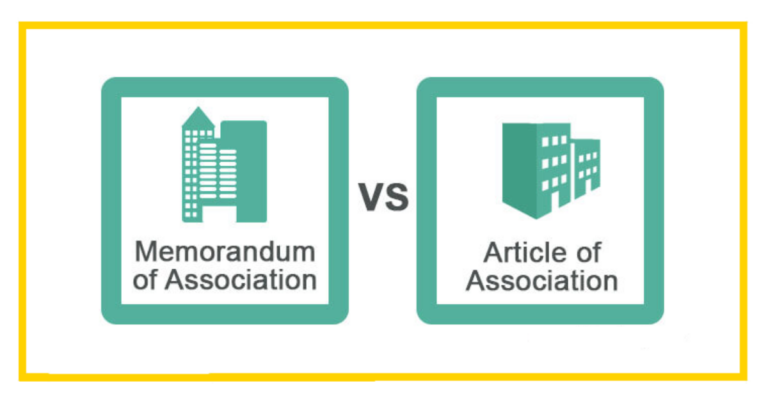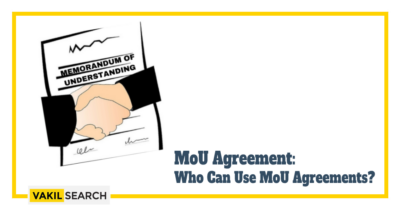Learn about best practices and case studies for MoUs in non-profit organisations. Discover how to establish successful partnerships that benefit communities while protecting the interests of both parties.
Memorandum of Understanding (MoU) is a legal document that outlines the terms and conditions of a partnership between two or more organisations. MoUs are commonly used by non-profit organisations (NPOs) to formalise partnerships with other organisations, including government agencies, corporations, and other non-profits. An MoU can help NPOs to build strong partnerships, share resources, and leverage each other’s strengths to achieve their common goals. In this article, we will explore best practices for drafting and negotiating MoUs for non-profit organisations, and review case studies that highlight successful partnerships between NPOs.
Best Practices for Drafting and Negotiating MoUs for Non-Profit organisations
Define the Scope of the Partnership
The first step in drafting an MoU is to clearly define the scope of the partnership. This includes outlining the purpose of the partnership, the goals and objectives of the partnership, and the activities that will be undertaken as part of the partnership. Defining the scope of the partnership upfront can help to avoid misunderstandings and disagreements later on.
Identify Roles and Responsibilities
Once the scope of the partnership has been defined, the next step is to identify the roles and responsibilities of each party involved. This includes outlining the specific tasks and activities that each party will be responsible for, and setting expectations for timelines and deliverables. Clearly identifying roles and responsibilities can help to ensure that everyone is on the same page and working towards the same goals.
Establish Communication and Reporting Protocols
Effective communication and reporting are essential for successful partnerships between non-profit organisations. It is important to establish clear protocols for communication, including how often and in what format the partners will communicate, who the key points of contact will be, and how feedback and concerns will be addressed. Additionally, setting up regular reporting mechanisms can help to ensure that both parties are staying on track and meeting their commitments.
Include Performance Indicators
Performance indicators are measurable indicators of progress towards achieving the objectives of the partnership. They are essential for tracking progress and ensuring accountability. The MoU should include specific performance indicators that both organisations agree upon, and how they will be measured and reported.
Establish a Dispute Resolution Process
Despite best efforts, disagreements may arise during the partnership. The MoU should include a dispute resolution process that outlines how the organisations will resolve conflicts if they arise. This could include mediation, arbitration, or litigation, depending on the nature and severity of the dispute.
Case Study 1: MoU between World Health organisation (WHO) and UNICEF
The World Health organisation (WHO) and the United Nations Children’s Fund (UNICEF) signed an MoU to strengthen their partnership and collaboration in the area of maternal, newborn, and child health. The MoU aimed to achieve the following objectives:
- Strengthen the capacity of health systems to deliver high-quality maternal, newborn, and child health services
- Improve the quality of care for mothers and children in health facilities
- Increase coverage of effective maternal, newborn, and child health interventions
- Support the development of national policies and strategies for maternal, newborn, and child health
The MoU identified the roles and responsibilities of both organisations, including WHO’s technical support and leadership in developing policies and strategies, and UNICEF’s support for the implementation of those policies and strategies. The MoU also established communication protocols, performance indicators, and a dispute resolution process.
Click here to know about: Memorandum of Understanding Format
Case Study 2: MoU between Oxfam and Save the Children
Oxfam and Save the Children signed an MoU to establish a partnership to respond to the humanitarian crisis in Yemen. The MoU aimed to achieve the following objectives:
- Provide life-saving assistance to people affected by the crisis
- Strengthen the resilience of communities affected by the crisis
The MoU identified the specific roles and responsibilities of each organisation. Oxfam was responsible for providing water and sanitation services, while Save the Children was responsible for providing education and child protection services. Both organisations agreed to work together to ensure that their services were coordinated and complementary. The MoU also established clear communication protocols between the two organisations. They agreed to hold regular meetings to discuss progress and share information. They also established performance indicators to measure progress towards achieving their objectives. For example, they set a target to provide safe water to a certain number of people within a specific time frame. The MoU also included a dispute resolution process. If a dispute arose, the organisations agreed to first attempt to resolve it through negotiation. If negotiation was unsuccessful, they would seek the assistance of a third party mediator.
Lessons Learned
From these case studies, we can learn several lessons about drafting and negotiating an MoU for non-profit organisations. First, it is essential to clearly define the objectives of the partnership and ensure that they are specific, measurable, achievable, relevant, and time-bound. This will help both organisations stay focused on their common goals and measure progress towards achieving them. Second, it is important to identify the specific roles and responsibilities of each organisation in achieving the objectives of the partnership. This will help avoid misunderstandings and conflicts later on. Third, communication is key to the success of any partnership. Establishing clear communication protocols and holding regular meetings to discuss progress and share information will help ensure that both organisations are working towards the same goals. Fourth, performance indicators are essential for tracking progress and ensuring accountability. Including specific performance indicators in the MoU will help both organisations measure progress towards achieving their objectives. Finally, it is important to establish a dispute resolution process in the MoU. This will help both organisations resolve conflicts quickly and fairly if they arise.
Conclusion
MoUs are an essential tool for non-profit organisations looking to establish partnerships and collaborations to achieve common goals. By following best practices for drafting and negotiating MoUs, non-profit organisations can establish successful partnerships that benefit the communities they serve. The case studies presented in this blog demonstrate the importance of clear objectives, specific roles and responsibilities, communication protocols, performance indicators, and dispute resolution processes in the success of MoUs. Vakilsearch helps non-profit organisations draft and negotiate MoUs that are legally binding and comprehensive, covering all important aspects of the partnership. With our legal expertise, we ensure that the MoU is compliant with all relevant laws and regulations, and that it protects the interests of both parties. By working with Vakilsearch, non-profit organisations can establish successful partnerships that benefit their communities and achieve their common goals.
Read also;










